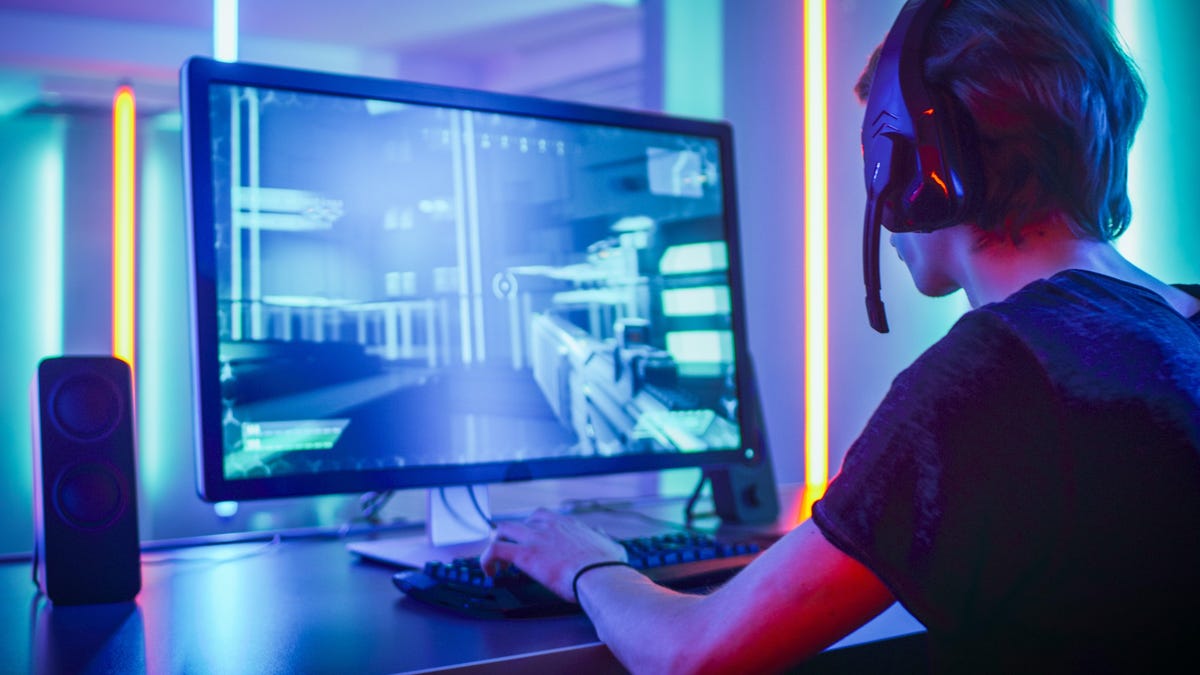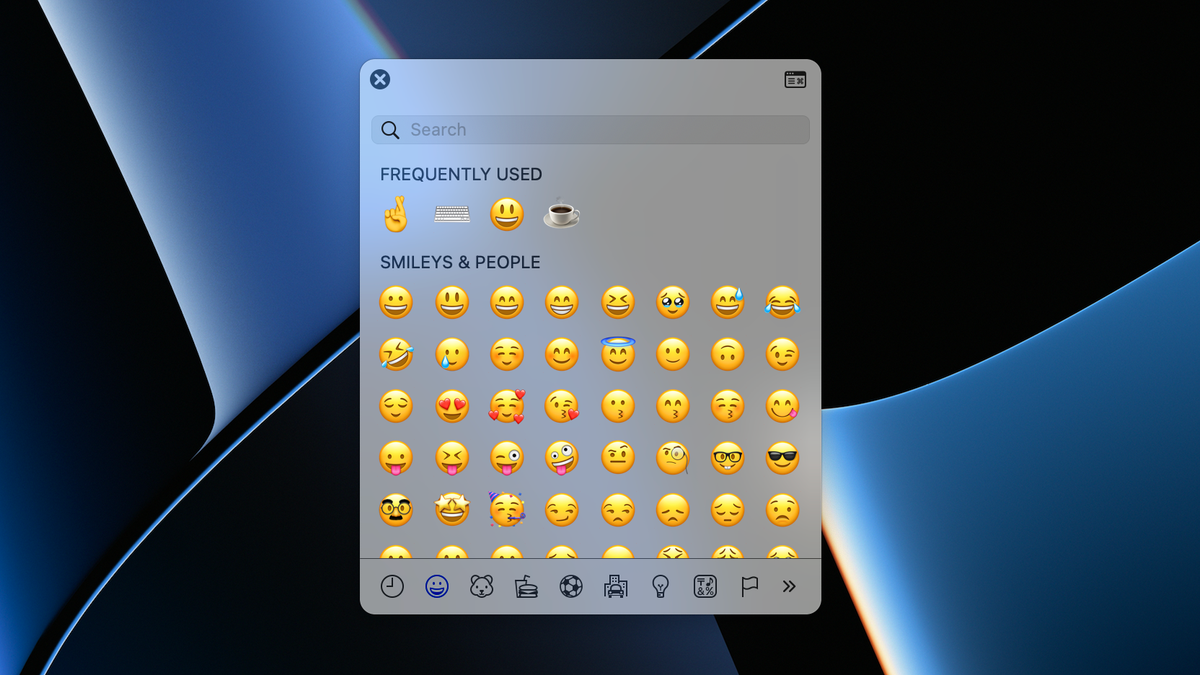Should You Upgrade From Your 1080p PC Monitor to 1440p?
We’re rapidly reaching the point where 1080p PC gaming is considered “outdated,” and many players are looking to upgrade. Most people likely assume 4K is the natural next step; that was the upgrade path for most TV owners, after...


Photo: Gorodenkoff (Shutterstock)
We’re rapidly reaching the point where 1080p PC gaming is considered “outdated,” and many players are looking to upgrade. Most people likely assume 4K is the natural next step; that was the upgrade path for most TV owners, after all. However, 4K monitors are more expensive and harder to come by than 4K TVs, so many PC builders opt for 1440p displays instead.
What is 1440p?
1440p resolution (also referred to as 2K resolution or QHD) is 2560 x 1440 pixels, which is twice as many pixels as 1080p displays and about half as many pixels as a 4K display. That might make 1440p sound like a stop-gap, but considering 1440p displays usually run smaller than 4K monitors and you typically sit closer to a monitor than a TV, 1440p is an excellent resolution for PC gaming monitors, with noticeably higher detail quality. 1440p monitors are also relatively cheaper and easier to come by than 4K monitors.
But simply adding a 1440p monitor to your rig won’t result in better graphics, and in some cases it may be better to stick with 1080p monitors depending on your specific hardware and visual preferences.
1440p monitors will impact your game performance (but that’s OK)
Upgrading from 1080p to 1440p will cause a dip in your PC performance for pretty much every game you play. Your PC’s GPU and CPU have to work harder to render games in 1440p than in 1080p (and even harder for 4K displays), and unless you have super high-end components, playing in a higher resolution will impact the game’s performance, specifically the FPS (frames per second).
For example, your PC might be strong enough to run games at 60 FPS (or higher) at 1080p resolution even with powerful effects like ray tracing turned on. But if you bump up to 1440p, the frame rate may dip to below 60fps (or whatever your target frame rate is) unless you drop the graphical settings lower.
As many of the commenters in this Reddit thread suggest, the best way to decide if your PC can handle 1440p resolution (and/or high refresh rates) is to benchmark your hardware. Check our guide for tips on GPU benchmarking apps.
If your hardware already struggles to achieve high FPS at 1080p, then you may need to upgrade your GPU before buying a 1440p monitor. But if your benchmarking shows your GPU can easily handle 1080p, then upgrading to a 1440p is probably worth it. Unless you prefer higher frame rates, that is.
Higher resolutions vs. higher frame rates
There is another way to upgrade your monitor instead of going for higher resolution: You could upgrade to one with a higher refresh rate instead. Either option will require more hardware resources, so it becomes a question of whether you prioritize high frame rates, or higher graphical fidelity.
Higher resolutions will obviously make games look crisper and clearer, but higher frame rates often mean smoother gameplay with better accuracy and lower input lag while playing. And since many monitors now support super-high refresh rates and VRR (variable refresh rate) technology, it’s possible to play games at consistent frame rates that exceed 60fps.
Of course, it’s also possible to have both higher resolution and frame rates as long as you have the right hardware. Plenty of 1440p monitors support refresh rates of 90, 144, or even 240Hz and higher. However, a 1080p monitor with similar refresh rate figures are typically cheaper than 1440p models. For example, a 1440p 60Hz monitor may cost the same (or more) than a 1080p 144Hz monitor.
However, assuming cost isn’t an issue and your hardware is strong enough, upgrading to a 1440p monitor—especially one with a high refresh rate—will be a demonstrable boost in your PC gaming experience.

 Tfoso
Tfoso 

































